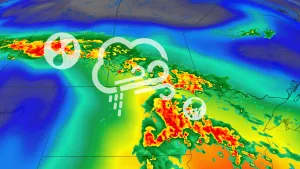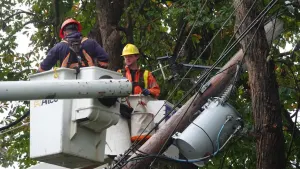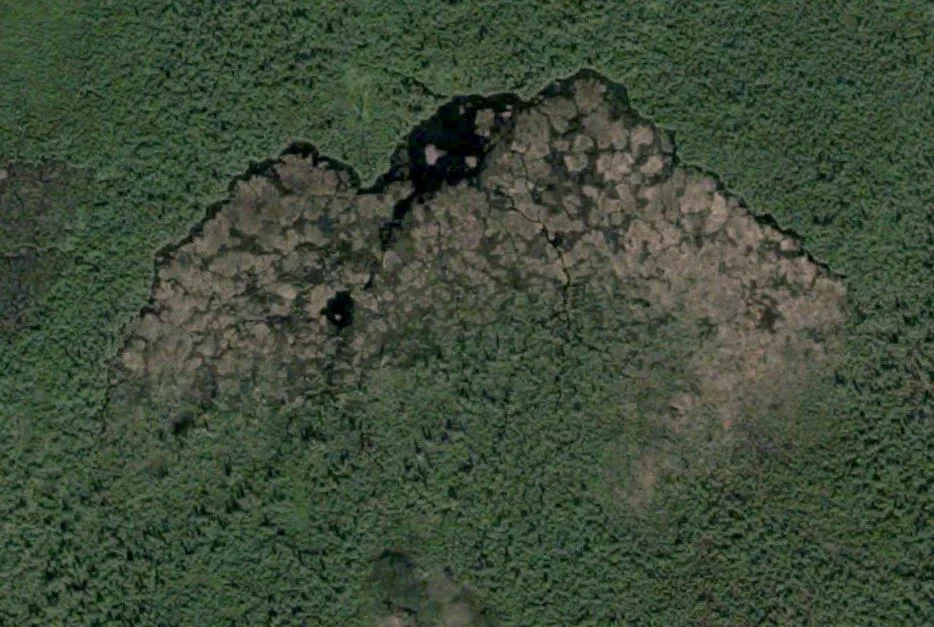
The largest beaver dam on Earth can be seen from space
The Canadian forest icons have been busier than you think.
The proud beaver is a fitting symbol of Canada: A social, industrious creature known for thriving in cold climates by bending their surroundings to their will.
And, for anyone who’s ever had their property flooded by one of their dams, an occasional but blasted nuisance, living in an uneasy truce with the humans who encroach on what was once exclusively the beavers’ forest domain.
When left undisturbed, those dams can get, uh, biggish, so you might wonder what the flat-tailed fabricators can accomplish when there’re no humans within hundreds of kilometres. Fortunately, we have one example of their clandestine works: A beaver dam flooding such a massive territory that it can be seen from space.
READ MORE: Canada sent beavers to Argentina, and it was a massive disaster
Click on through to the map above. Then zoom out. Aaaaaaand out some more. And keep zooming, until you get a good enough sense of the location and isolation of this, the largest-known achievement of Castor canadensis: A beaver dam 850 metres long, 190 km northeast of Fort McMurray within Wood Buffalo National Park.
We mentioned “from space” as the vantage point of choice, since that’s exactly how the dam was discovered -- on Google Earth, in fact, by environmental scientist Jean Thie, who became curious about beaver dams in the area while he was studying the effects of climate change on permafrost (according to Macleans).

Credit: Parks Canada/J.D. McKinnon.
Thie wrote an extensive blog post about the discovery, noting that it appears in satellite images as early as 1990, making it decades old (though some beaver activity can be seen in shots from the 1970s). It hosts at least one still-occupied beaver lodge, and is actually one of several such dams in the area of that particular wetland.
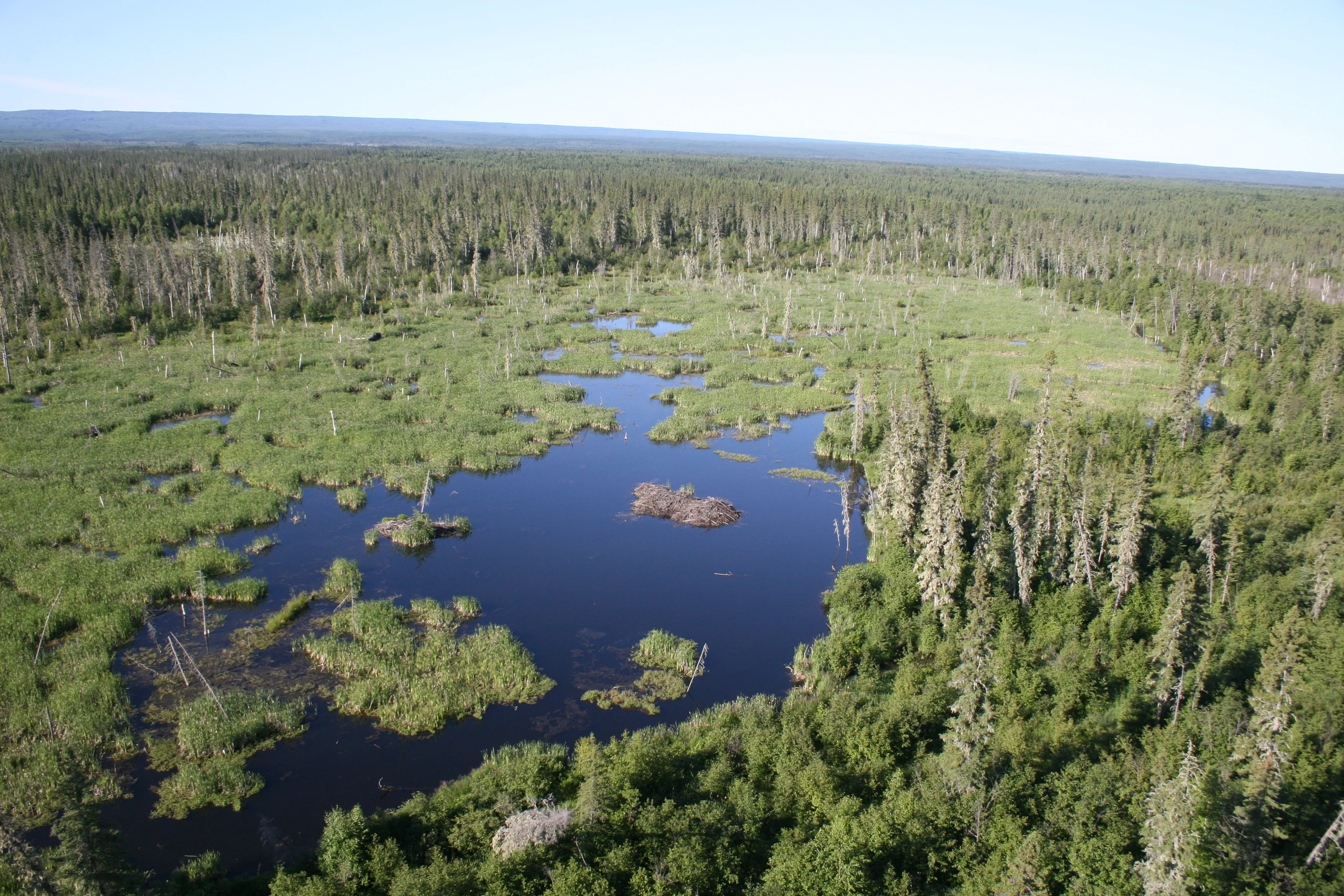
Credit: Parks Canada/S. Anderson
“The (relative thin layer) of organic material of the wetland works as a sponge. The flow is slow and over a wide area of wetland which requires the building of very long dams. Many dams can be found in areas like this with lengths of 500 meters. Any dam over 600 meters remains exceptional,” Thie wrote.
So if it’s so massive, how come nobody ever noticed it before?
“You need to remember the park is larger than the country of Switzerland and being a wilderness park there are few roads and trails. The area the beavers have chosen is incredibly remote and undisturbed,” Parks Canada’s website says, also noting that the first park rangers heard of it was when they were contacted by a BBC film crew.
So remote, in fact, that Parks Canada’s surveys of the dam post-discovery have largely been by helicopter (you’ll notice all the shots Parks Canada kindly provided us are aerial ones).
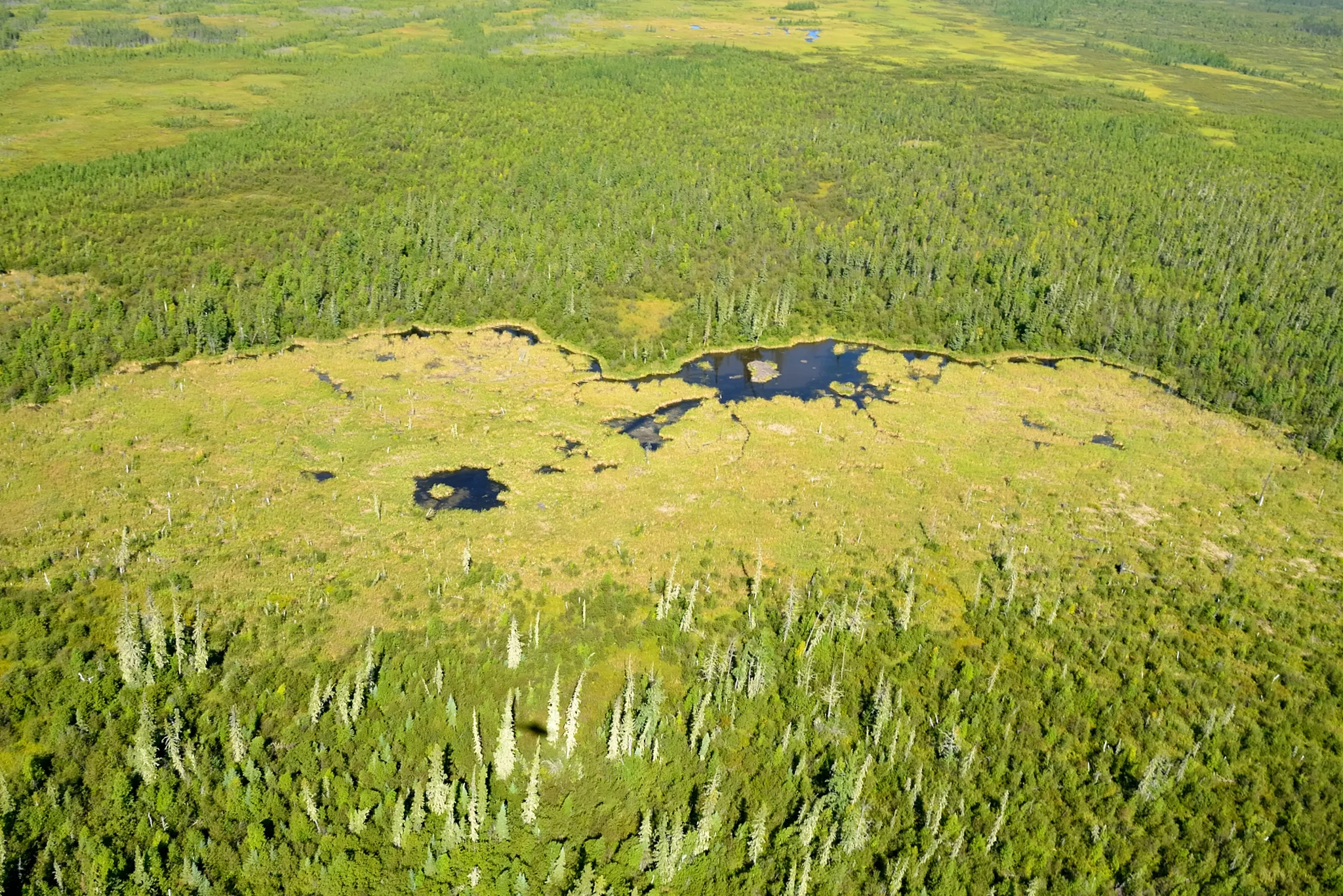

Credit: Parks Canada/J.D. McKinnon.
But there is at least one person brave (or mad) enough to trudge through the densely forested wilderness to get a glimpse of the thing up close: American Rob Mark, who appears to have regarded the dam’s bleak isolation as a personal challenge.
“There was a reoccurring theme that it was incredibly remote and thought to be inaccessible. Those two things sparked my interest and I started doing research,” Mark told CBC News in 2014.
And he did, indeed, rise to the challenge, going by boat to the edge of Lac St. Clair, then hiking the last gruelling 16 km to the gargantuan dam, struggling with the thick vegetation and a quagmire of swamp-like muskeg, all the while batting away “absolutely horrific” mosquitos.
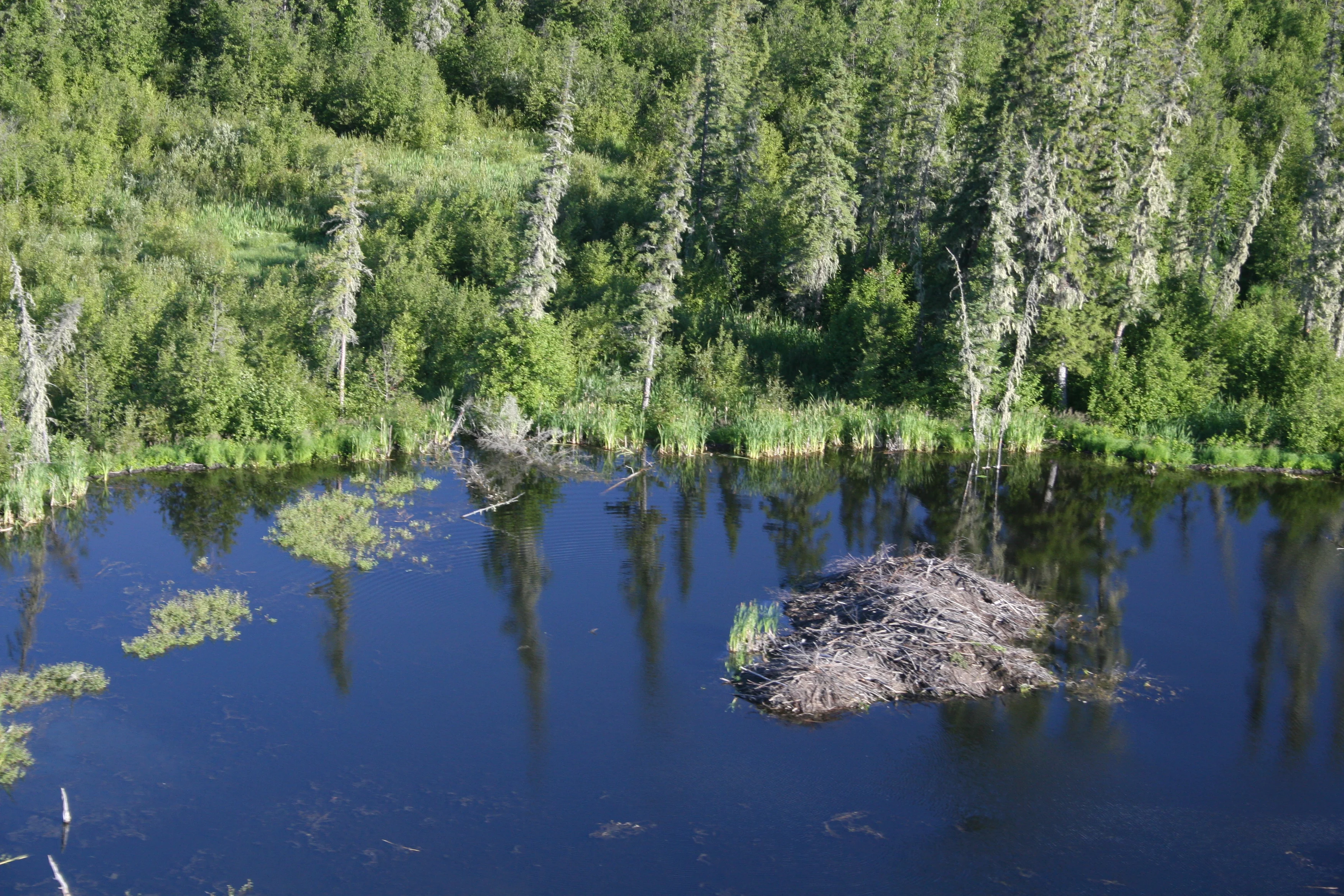
Credit: Parks Canada/J.D. McKinnon.
And he made it! And, as a reward, his welcoming committee consisted of one apparently VERY angry beaver.
“He was slapping his tail on the water and wanted me out of there,” Mark told CBC.
It’ll probably be a good long while before the beavers who built this colossal feat of nature have any more human company, and that’s probably OK. They’re not even slightly an endangered species, so you really don’t have to go trudging to the doorstep of Canada’s northwest territories to catch a glimpse of one.







